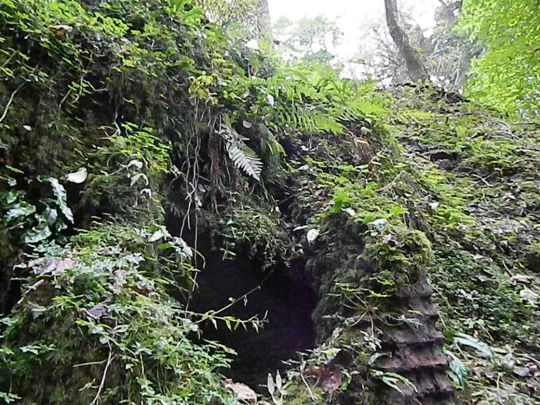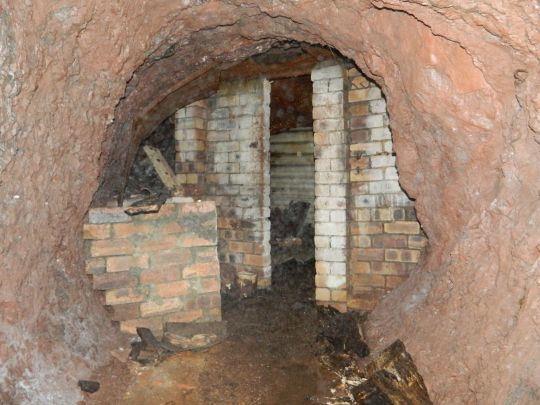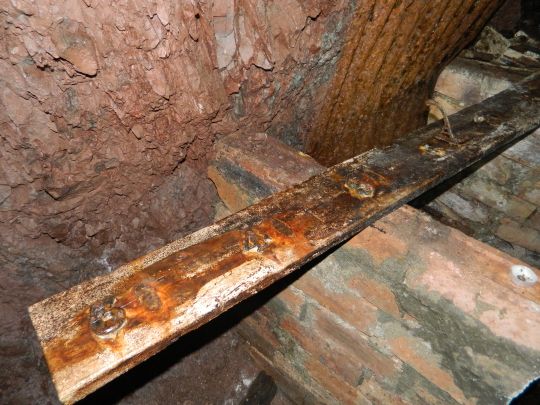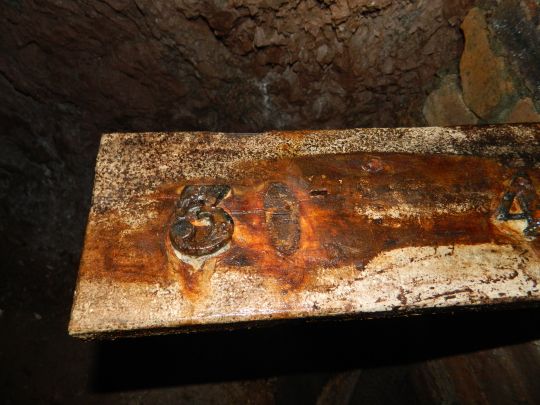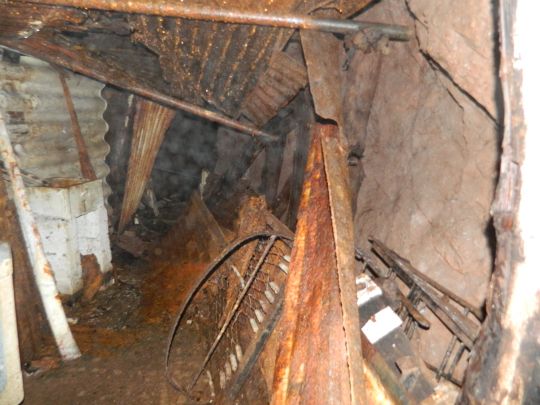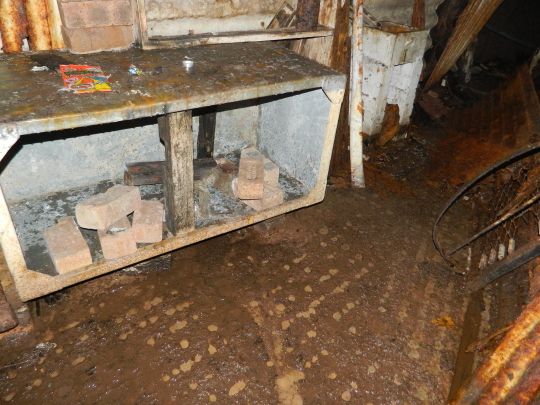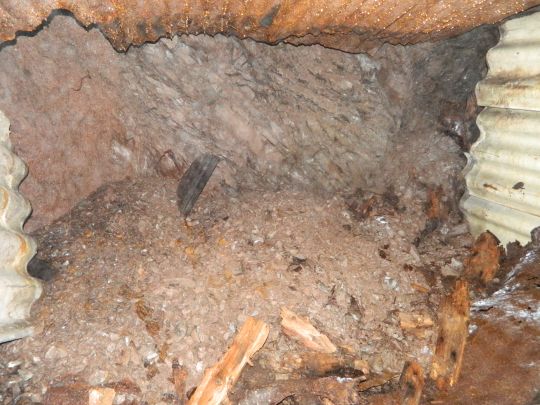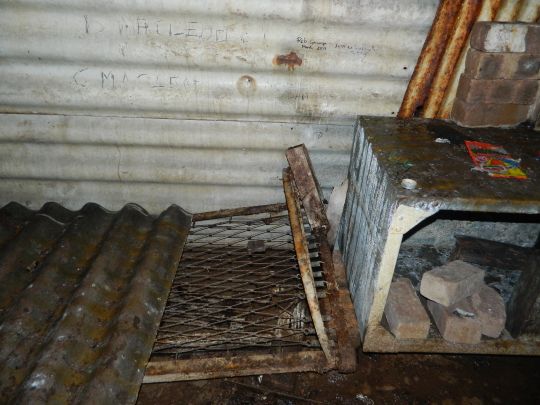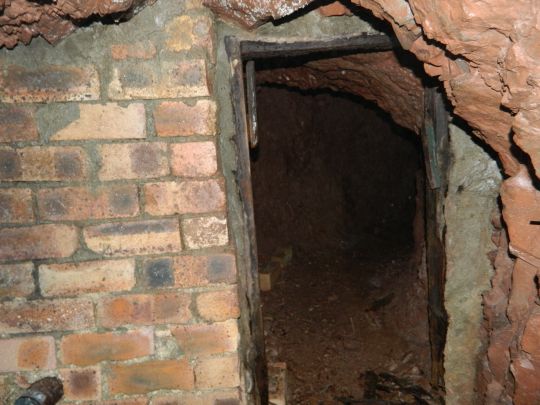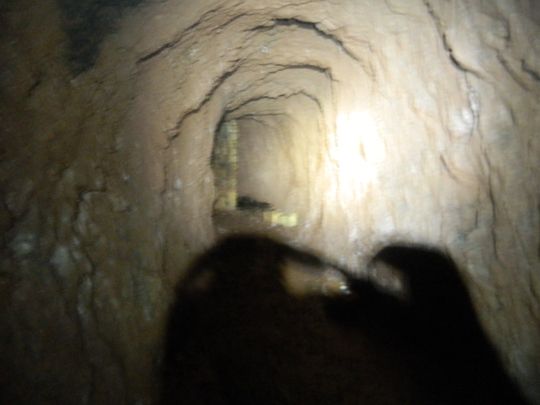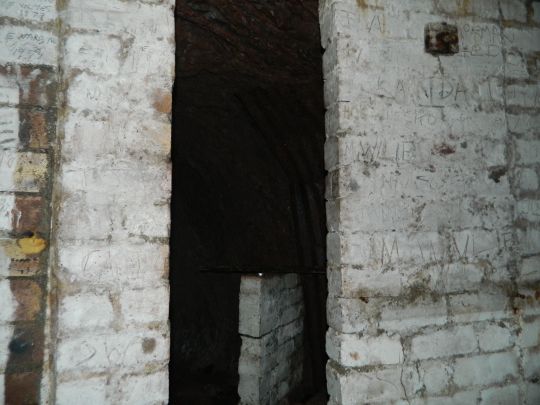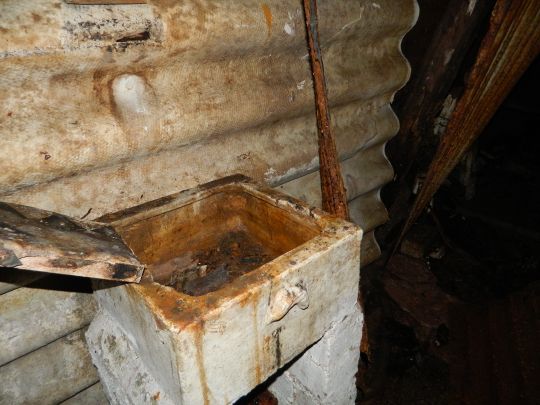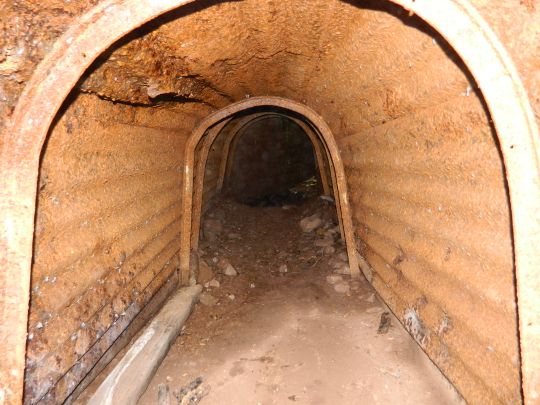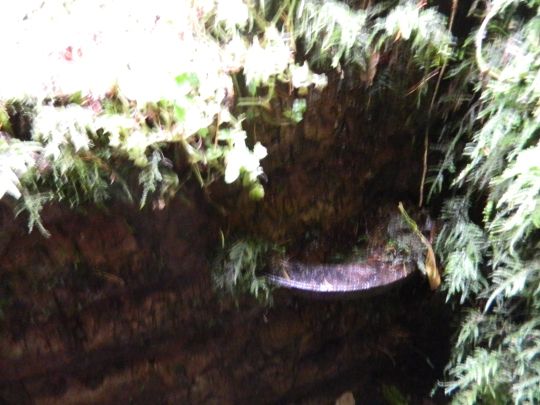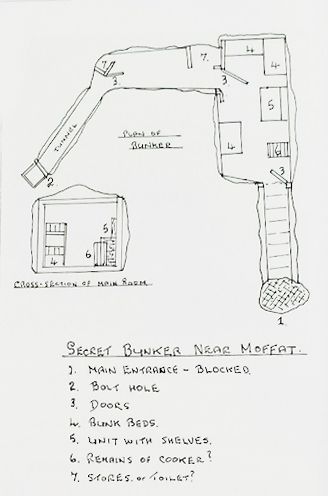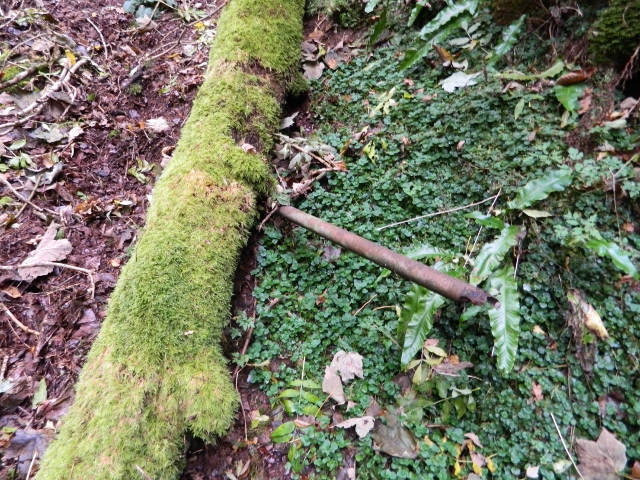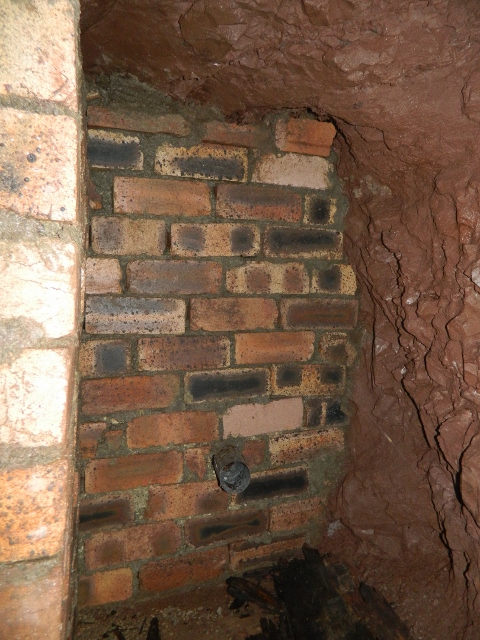Moffat lies 20 miles north of Dumfries.
| Name | Occupation | Posted from | Until |
|---|---|---|---|
| Sergeant Stephen Berry | Moffat Doctor's chauffeur |
1941 | 03 Dec 1944 |
| Corporal William Mackenzie | Teacher at boys school |
1941 | 03 Dec 1944 |
| Private Robert Cranston | Farm worker and dry stone dyke builder |
1941 | 03 Dec 1944 |
| Private J. Elliott | Farmer |
1941 | 03 Dec 1944 |
| Private John Laidlaw | Farmer |
1941 | 03 Dec 1944 |
| Private William Rankine | Plumber |
1941 | 03 Dec 1944 |
| Private John Reive | Animal feed dealer |
1941 | 03 Dec 1944 |
Peter Forbes, who had been the Intelligence Officer for Scottish Borders, told David Blair that while he was looking for a suitable location for an OB for this Patrol in 1941 one of his Moffat Patrol members showed Forbes the location of a cave in an area where he'd played as a young lad. With some work the entrance was cleared and dug out. An engineer unit, sent up from Coleshill House, extended the cave and created an escape passage at the rear.
Escape tunnel measures approximately 5 feet high by 6 1/2 feet wide and is approximately 20 feet long.
The main chamber was accessible and viewed along with an escape tunnel and exit bolt hole. Access was via the exit which is in a reasonable state with the main brick surround fairly well intact including and iron grab and foot rail which have been cemented into the brickwork. The initial exit area has been mined from within and although holding at this moment in time there is a potential for collapse. The remaining part of the tunnel, towards the main chamber is covered by corrugated sheeting. Again this is extremely rusty because of the damp conditions and could give way at any time.
On entering the OB via the exit, the tunnel chamber leads to two brick built walls, which are constructed angles. The main chamber is approximately 15 feet long and sits at a right angle to the exit. It is approximately 8 feet high by 6 feet wide. The exit hole is approximately 4 feet deep and the brick tower is approximately 3-4 feet square.
A coat rail has been lifted off the ground at some point and has brass numbers 3 - 8 attached to it, as well as a single coat hook.
The remnants of the bunk beds can be seen in two corners. These have been set on fire at some point and it was interesting to note recent graffiti on the walls. In addition, the remnants of a work bench can also be seen as well as a water tank and a partial cooking stove.
An offshoot, leading from the main chamber towards the main entrance, appears to have given way and was only briefly viewed and photographed.
Adrian Hunt recorded the OB in 2014.
Moffat Patrol
Targets included A701 main road to Edinburgh including the bridges of Gardenholm Linn, Hollows Linn and Holehouse Linn.
Moffat was utilised as a Warfare School, so the surrounding area contained numerous military camps, training facilities and ammunition supplies.
The location of the OB hit the national headlines pre war when, in 1935, the body parts of dismembered bodies were disposed of by a killer in the stream at the foot of Gardenholm Linn. Following this the area was locally referred to as "Ruxtons Dump". This gruesome discovery was recorded by the Police in a sketch and is contained in Emilio Dicerbo's book "Moffat Connections". It is thought that the Police remembered how remote and secluded the area was, despite it being located so close to the road and that they may have recommended it to "Authorities" as an ideal location for an OB.
TNA ref WO199/3388
Hancock data held at B.R.A
Adrian Hunt,
Major Peter Forbes during correspondence, David Blair,
Jake Mackenzie - Auxilier son,
Ian Rankine - Auxilier son
Emilio Dicerbo - initial contact and author of the book "Moffat Connections" which includes a section on
Moffats Auxiliary units.
Ian Alston (ex Forestry Commission and Moffat Hills Rescue) and guide for the day. Stuart Alston (ex Glencoe Mountain Rescue). Guide for the day and also offered advice re-safety.
